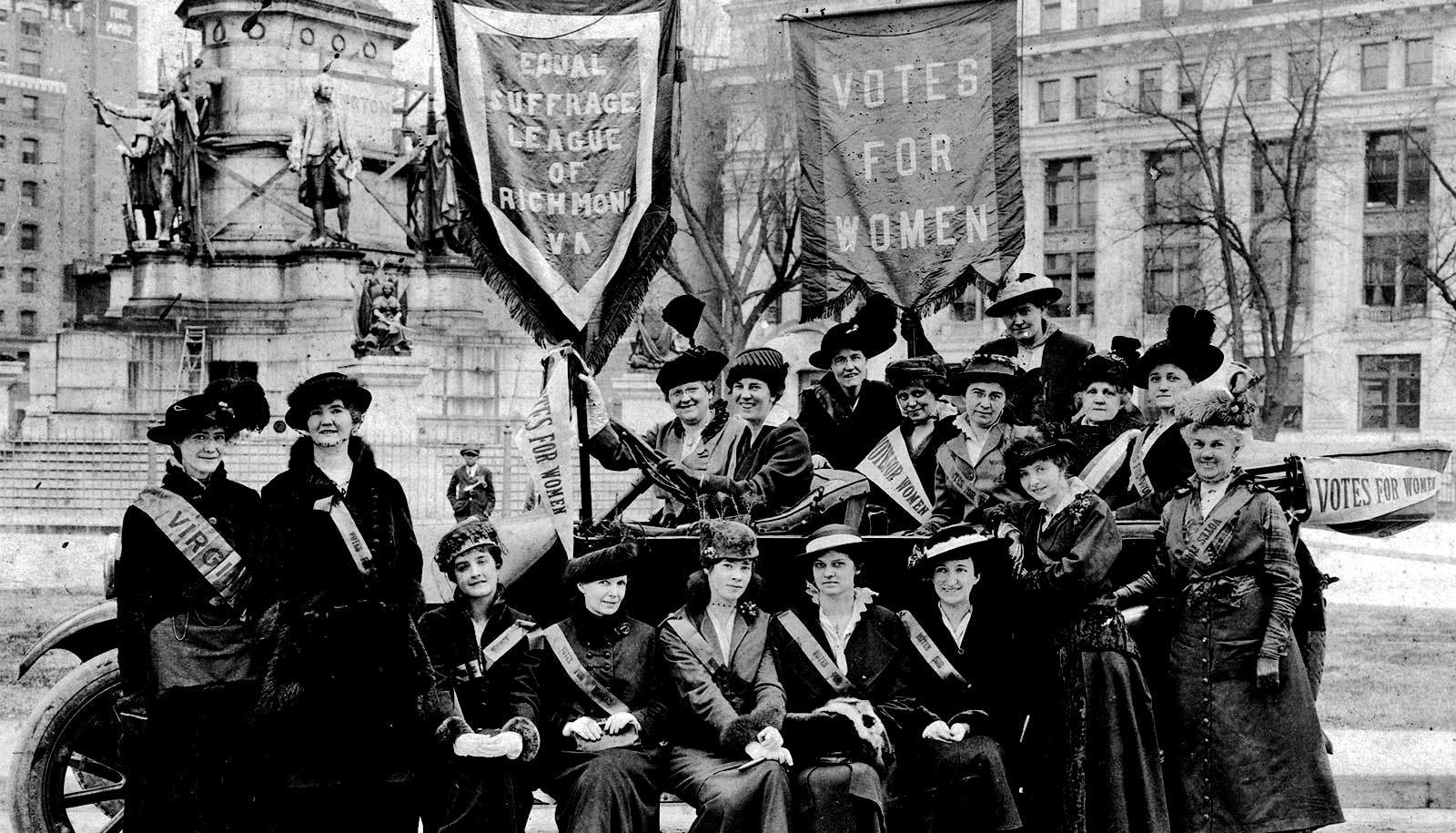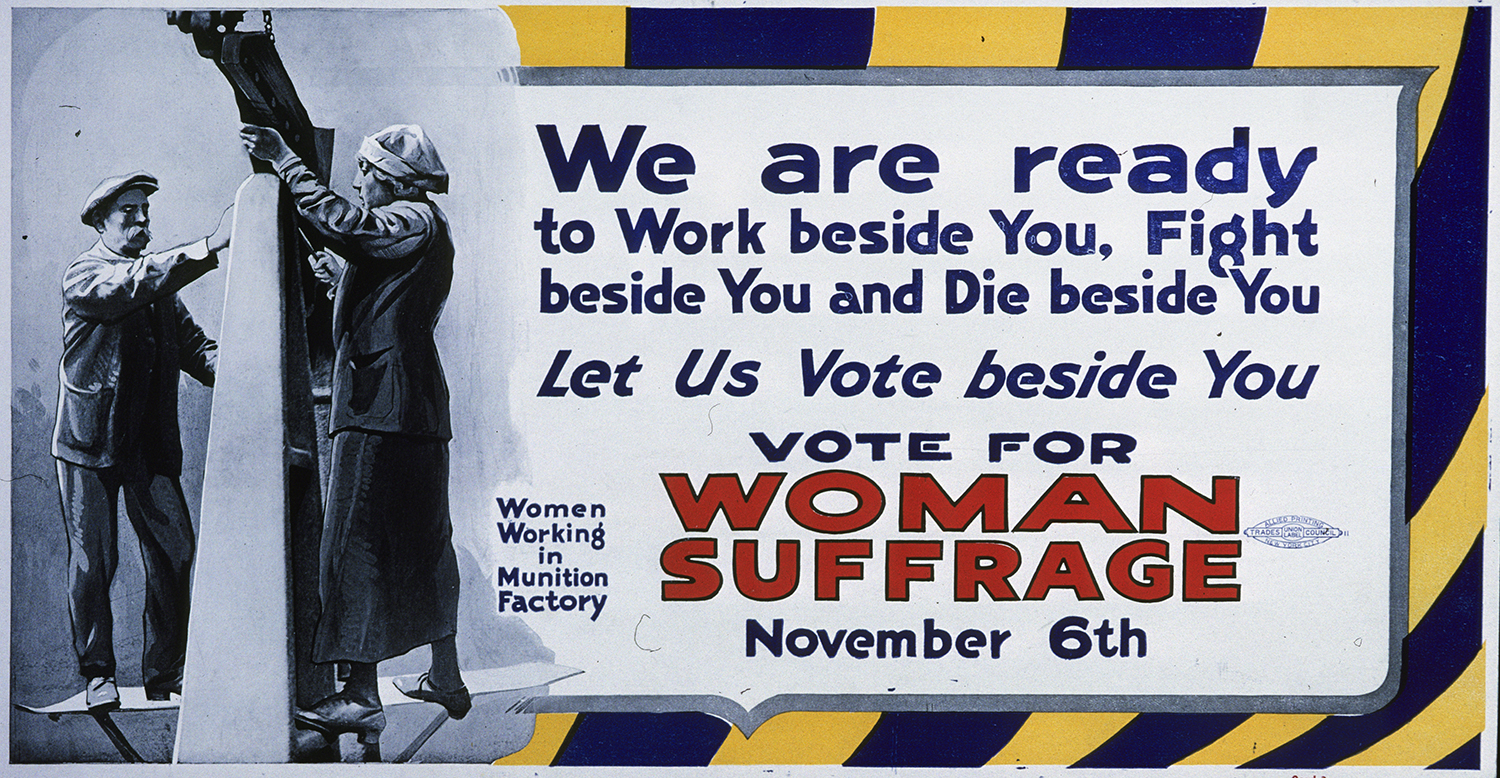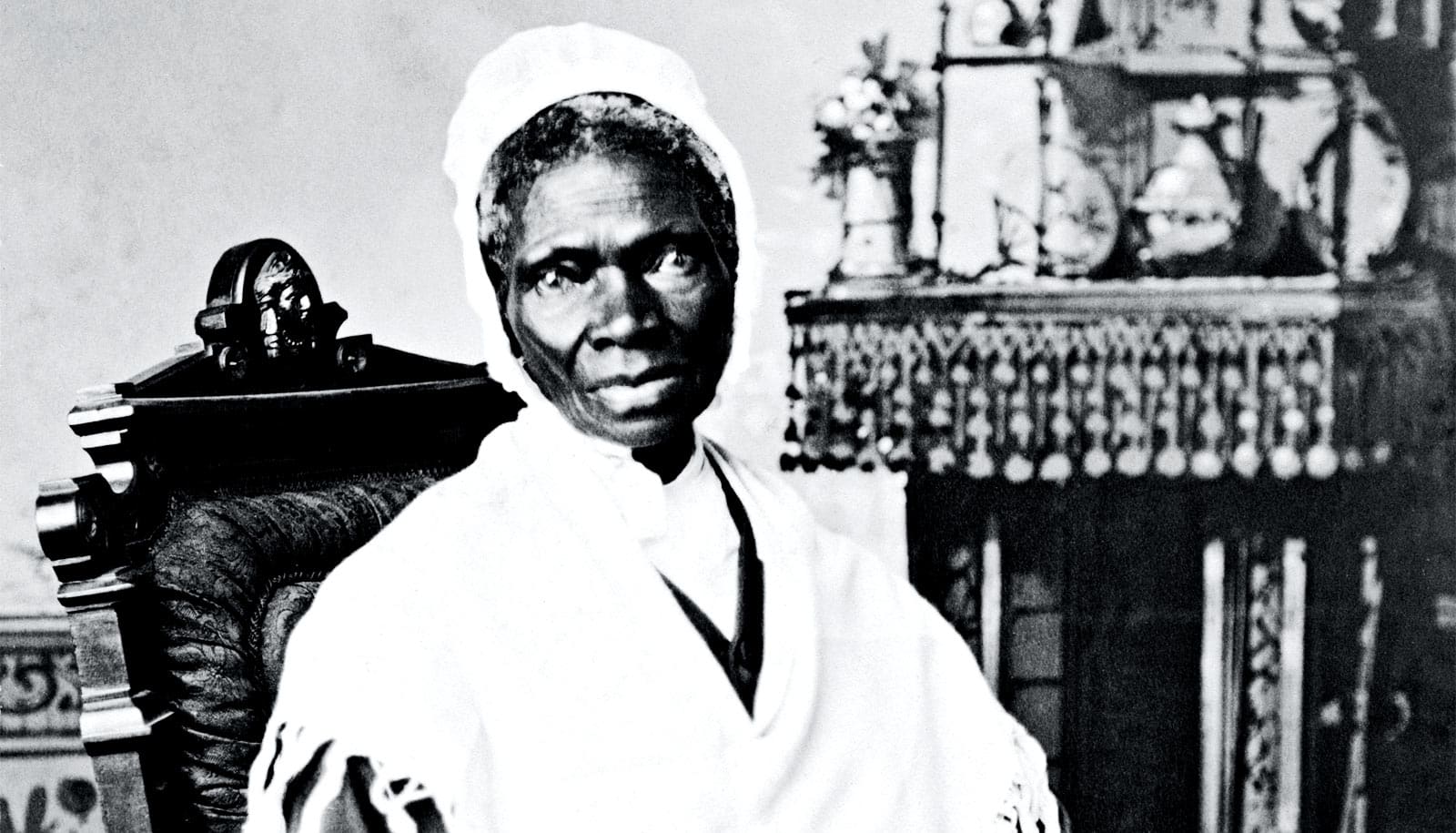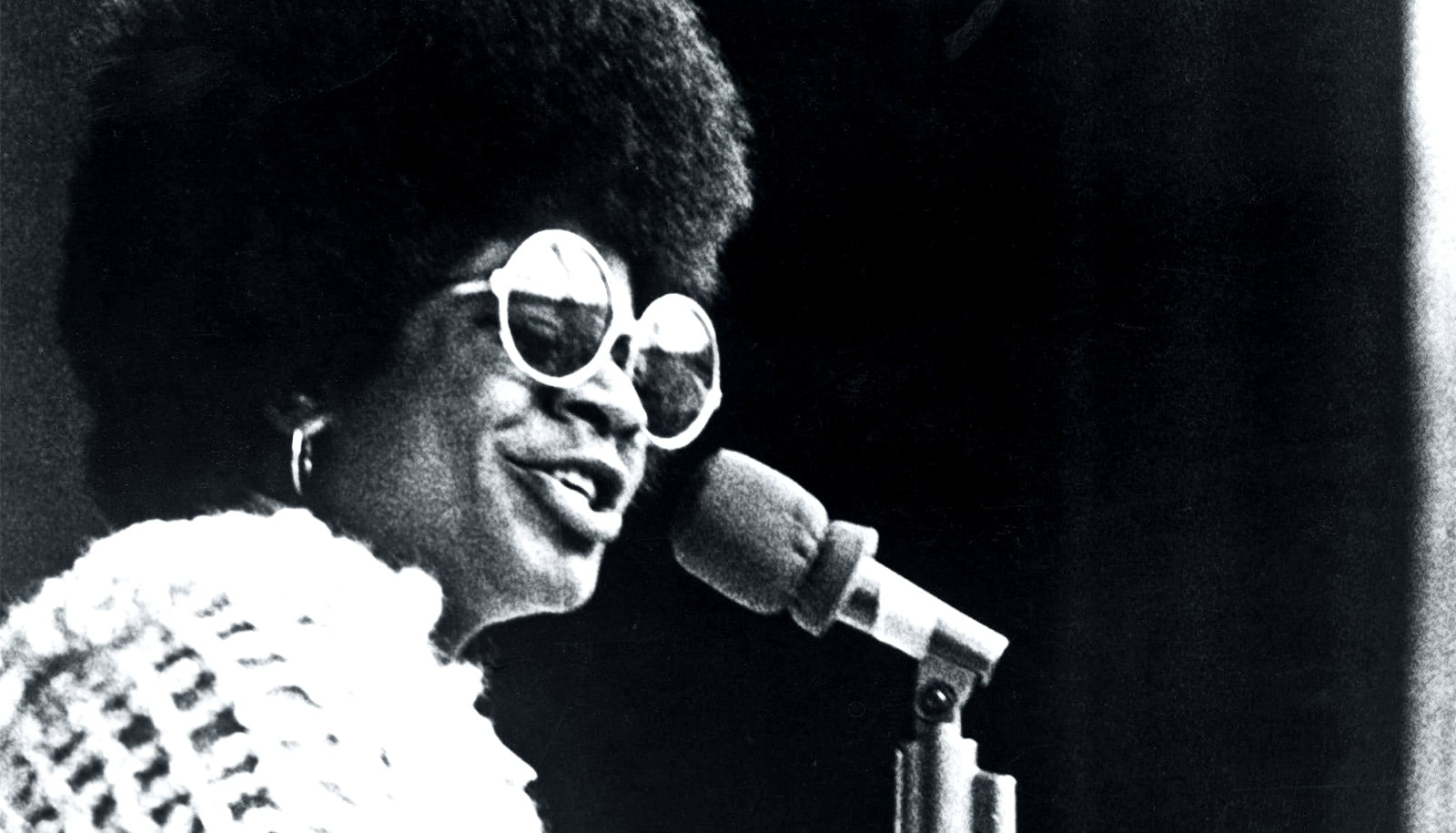
Equal Suffrage League of Richmond, Va. in front of Washington Monument, Capitol Square, Richmond. The members of the ESL were promoting the suffrage film, "Your Girl and Mine." (Credit: Adèle Goodman Clark Papers, Special Collections and Archives, VCU Libraries./Wikimedia Commons )
WWI changed public attitude about women’s suffrage
An expert explains the history of how World War I gave the movement for women's suffrage more momentum and potentially paved the way for the 19th amendment.
While American women had been fighting for the right to vote for decades prior to the ratification of the 19th Amendment on August 18, 1920, it was not until World War I that their cause for political independence regained momentum, argues legal scholar Pamela S. Karlan.
As women filled jobs vacated by men fighting the war overseas, public attitudes toward women’s role in American democracy began to shift dramatically. By 1918, President Woodrow Wilson acknowledged to Congress that the role of women was vital to the war effort, explains Karlan , professor of public interest law at Stanford University.

“Suffragists conscripted rhetorical claims advanced in favor of the war, and pointed to women’s key role on the home front, to bolster their arguments in favor of domestic expansion of voting rights,” says Karlan,. “Times of crisis can be opportunities to make real progress.”
While white women have encountered few legal obstacles to voting since the amendment’s ratification, however, Black Americans have endured persistent racial discrimination—despite the 15th Amendment’s parallel prohibition denying citizens the right to vote on account of race or color.
Here, Karlan discusses what the 19th Amendment accomplished and the challenges that persist today:
The post WWI changed public attitude about women’s suffrage appeared first on Futurity .
What did the 19th Amendment accomplish?
The 19th Amendment guaranteed that women throughout the United States would have the right to vote on equal terms with men. Prior to the 19th Amendment, while many western states had given women the right to vote, most states east of the Mississippi River restricted the right to vote only to men.
What does the 19th Amendment symbolize to you?
It symbolizes that women in the United States are full citizens, entitled like all others to participate actively in self-government.
The franchise did not happen overnight, but through decades of campaigning by women’s suffragists. What makes constitutional change, especially the franchise, so challenging? What resistance and obstacles did these activists encounter?
The Supreme Court held, in the Minor v. Happersett case, in 1874, that the Constitution did not prohibit restricting the franchise to men. What made formal constitutional change hard to accomplish was, in part, that the existing electorate in most of the country was entirely male and the mechanism for formally amending the Constitution runs through existing legislative bodies—many of which were entirely, or predominantly, elected by men. What made changes in constitutional interpretation—for example, in interpreting the equal protection clause—so difficult, was that public attitudes often treated women as less rational and independent than men, and therefore less qualified to participate in public affairs.
What might activists today learn from the suffrage movement?
Sometimes, activists don’t recognize that times of crisis can be opportunities to make real progress. The suffrage movement seemed stalled by the first decade of the 20th century. But World War I changed the dynamic and ultimately strengthened the suffrage movement. The industrial demands of modern war meant that women moved into the labor force and contributed to the war effort on the home front. In 1918, President Wilson, who had ignored suffrage completely in his 1916 address to Congress, gave an address in which he supported suffrage “as a war measure,” noting that the war could not be fought effectively without women’s participation.
Moreover, the United States claimed it had gone to war to make the world “safe for democracy.” Suffragists conscripted rhetorical claims advanced in favor of the war, and pointed to women’s key role on the home front, to bolster their arguments in favor of domestic expansion of voting rights, For example, in her article about suffrage and the 19th Amendment, Justice O’Connor reports that “when the new Russian Republic extended the vote to women following its revolution, suffragists taunted President Wilson with the lack of similar progress in the United States.”
What did the 19th Amendment fail to accomplish, and what can be done to continue to promote the franchise among voters?
In narrow terms, the 19th Amendment was stunningly successful, especially in comparison to the 15th Amendment, which in essentially identical language forbids denying or abridging the right to vote on account of race or color. White women throughout the US have faced very few legal barriers to voting since the amendment’s ratification.
By contrast, racial discrimination in voting—the form of discrimination prohibited by the 15th Amendment—persisted in a prevalent and explicit form for essentially a century, essentially denying Black women in the South the right to vote until passage of the Voting Rights Act of 1965. And even today we continue to see all kinds of barriers to full and equal participation by minority citizens.
The United States has a decentralized, politicized system for regulating the franchise that stands in sharp contrast to most other developed democracies. We need to enact laws with real teeth in them that enable every citizen to register, to cast a ballot and to have that ballot counted.
Share this article:
This article uses material from the Futurity article, and is licenced under a CC BY-SA 4.0 International License. Images, videos and audio are available under their respective licenses.


